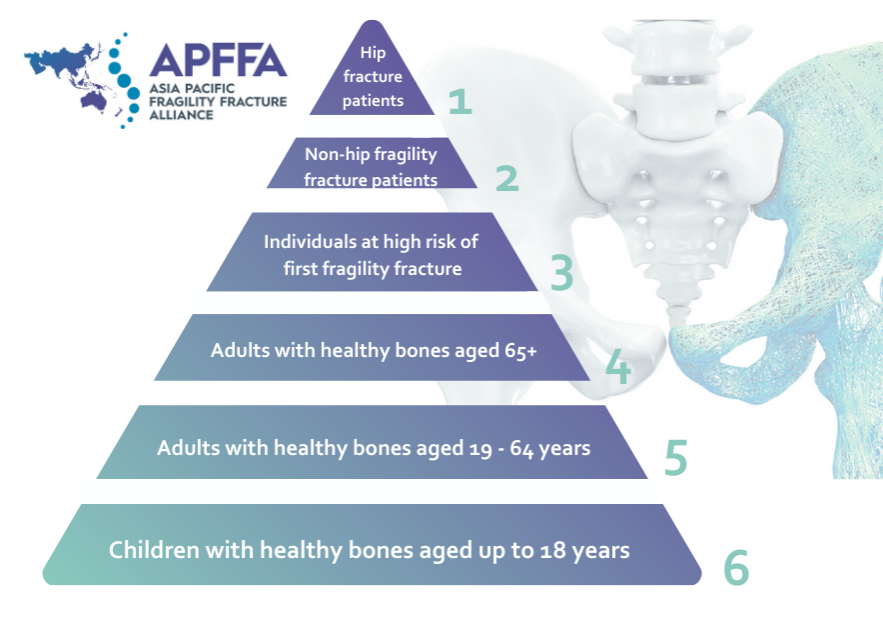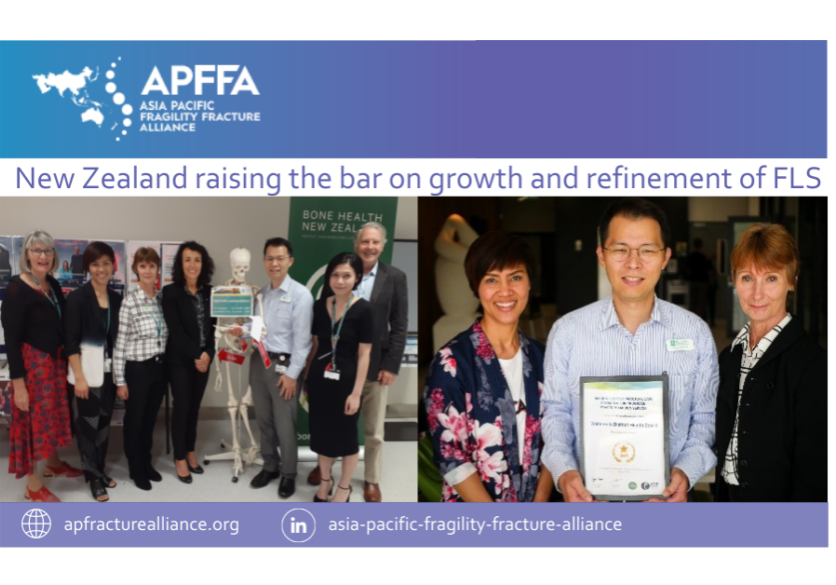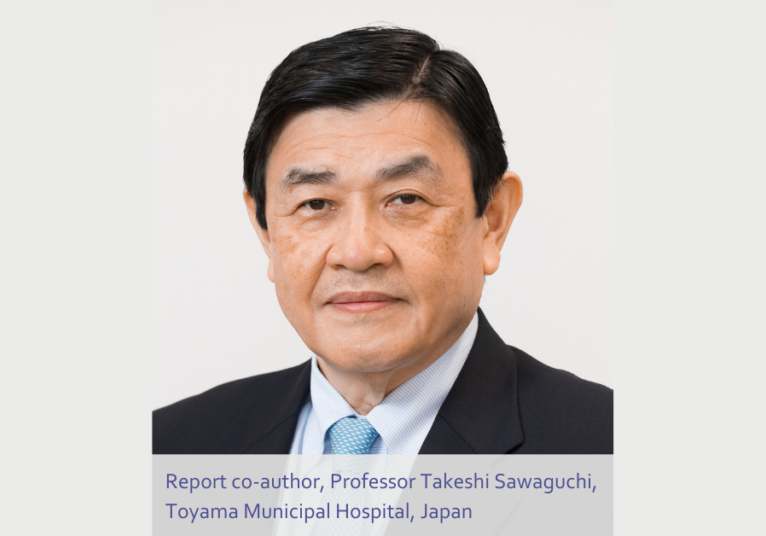Blog

Call to embed roadmaps for acute and long-term fragility fracture care in the Asia Pacific
As the Asia Pacific region is set to bear the brunt of the global burden of fragility fractures by mid-century, clear, measurable, national action plans...

New Zealand’s report card on fragility fractures: a review of BoneCare 2020
According to a new review, a significant proportion of the systematic approach to care and prevention of fragility fractures proposed in Osteoporosis New Zealand’s BoneCare 2020...

Appeal for orthopaedic surgeons to more proactively lead and champion bone health
Each year World Osteoporosis Day, which falls on October 20, offers an important reminder to all bone-related stakeholders – orthopaedic surgeons, geriatricians, physicians, paramedics, patients,...

New Zealand raises the bar on growth & refinement of FLS
During the pandemic year 2020, New Zealand’s Fracture Liaison Service (FLS) expanded and consolidated to deliver better, broader, secondary fracture prevention in order to minimise...

Study analyses backbone of novel care for fragility fractures in New South Wales, Australia
Osteoporotic fractures are a major and growing public health problem worldwide due to the ageing population and associated morbidities that increase fracture risk.1,2,3 In Australia,...

The APCO Bone Health QI Tool Kit
Helping to stem the tide of fractures in the Asia Pacific – the world’s most populated and fastest ageing region The Asia Pacific Consortium on...

Hip fracture multi-modal care breaking new ground in Japan
Japan is a super-ageing society. While its population boasts the world’s second-longest life expectancy, it does however, have a growing number of older people living...

Snapshot of the global landscape of PFC programs
Fragility fractures are associated with high rates of disability, loss of independence, reduced quality of life for both patients and their carers, not to mention...

